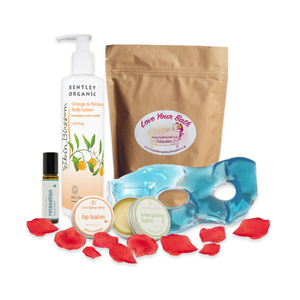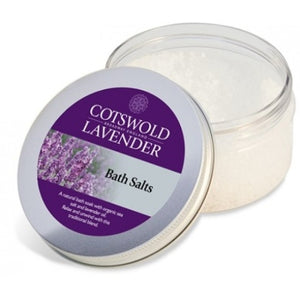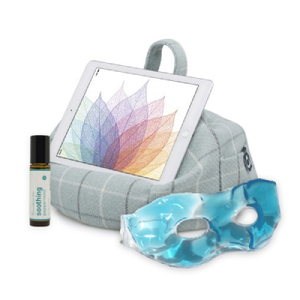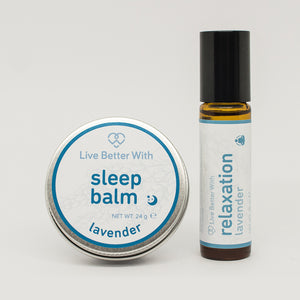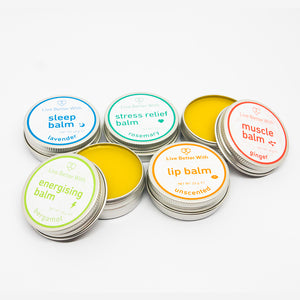Hot Flashes & Night Sweats
Hot flashes (also known as hot flushes) and night sweats are some of the most common symptoms associated with the menopause and although they do not affect all women, a very large proportion have to endure the discomfort and unpredictability of these on a daily basis.
However, an array of helpful products and coping methods do exist and are able to help you navigate these symptoms effectively, which this guide will explore. There also exists a host of self-help techniques that you can equip yourself and use when a hot flash strike. This guide will cover the following themes:
- What hot flashes and night sweats feel like
- Causes of hot flashes and night sweats
- Why these symptoms are the most prevalent for so many women during the menopause
- Practical tips and advice to on tackling these symptoms head on
What Do Hot Flashes and Night Sweats Feel Like?
- Three out of four women experience hot flashes during the menopause. Women often describe hot flashes/flushes as a creeping and very intense feeling of heat washing over the entire body.
- Although this varies from woman to woman, hot flashes (flushes) can typically last between 3 and 8 minutes.They can cause sweating, palpitations and blushing and blotching of your skin, and many women have cited going from feeling very hot to suddenly very cold. They can also make you feel. As well as the physical effects, psychological effects of a hot flash (flush) can include feelings of anxiety and depression.
- Nights Sweats are an associated symptom that can be very disruptive and cause you discomfort. As these directly affect your ability to sleep and the quality of your sleep, likely resulting in feelings of depression, fatigue and anxiety.
What Causes Hot Flashes and Night Sweats?
- Fluctuating hormone levels (oestrogen) cause hot flashes and night sweats. The part of the brain that moderates body temperature, sleep, sex drive and appetite, the hypothalamus, is confused by this fluctuation, and therefore these factors are often the first that are affected.
- Because your body is now trying to bring about the usual reactions to combat excessive heat and keep cool, you will often experience skin reddening (flushing) and the sweat glands start working (night sweats and excessive sweating).
- Other common triggers can include caffeine, spicy foods, alcohol, stress, tension hot baths or warm rooms. If you are a smoker, you are very likely to experience severe hot flashes.
What Can I Do to Combat Hot Flashes and Night Sweats?
An array of self-help methods and products exist to help combat hot flashes and Night Sweats:
- Wearing loose, cotton clothing during both the day and night, as well as layering so you can easily adapt your outfit as your temperature fluctuates. Bamboo Pyjamas are a great way to keep cool at night.
- Hormone Replacement Therapy (HRT) has been known to dramatically reduce the occurrences of hot flashes for women going through the menopause.
- Keeping a ‘Pause Journal’ to record and monitor the frequency of your hot flashes/flushes, great for noticing patterns and triggers which can help you manage in the long term.
- Swapping your duvet for a thinner, more breathable one. There's a whole host of bedding specifically designed to help with cooling the body whilst in bed, including The GelO Pillow.
- Aroma diffusers and humidifiers are a great way to help cool the room down and both calm and destress you before bed. You can use specific aromatherapy oils, all with different soothing properties, to diffuse.
- Drink plenty of cold water and make sure your room is well ventilated at night time.
- Experiencing hot flashes on the go, particularly at work, can really impact confidence. An array of cooling spritzes for the face and scalp exist, and can easily be stored in your bag for discreet use on the go.


